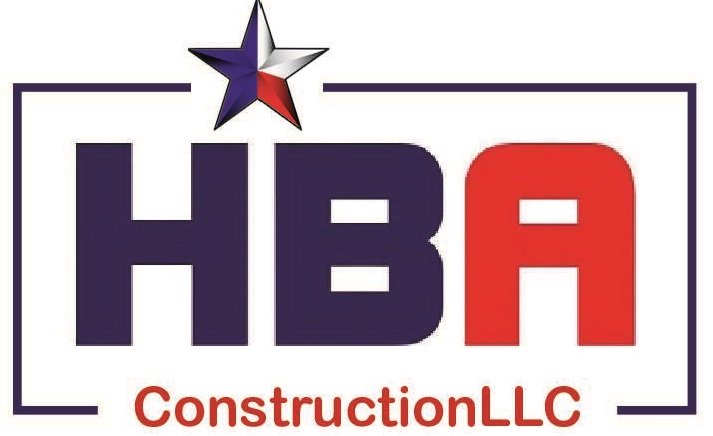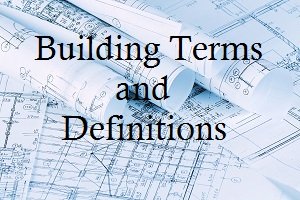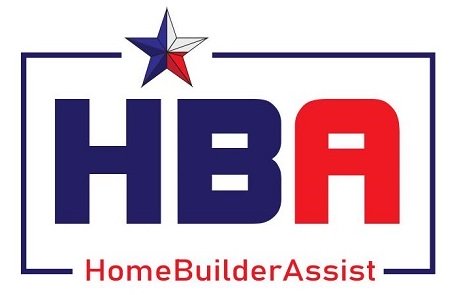Building Permits
Being an Owner-Builder means obtaining the building permits are your responsibility. Here are couple things to understand before you begin.

Not All Places Require Building Permits

The very first thing an Owner-Builder should check is if they even need building permits for their location. Call your town or city hall to find out.
I was new to Texas and when I discovered that the county where I purchased land didn't even require a permit, I was flabbergasted. There were a few small fees that I needed to pay, but nothing like I was used to coming from a highly regulated state. Just another great reason why I love living in Texas.
Average Costs
The state of Texas is all over the board when it comes to the fees for building permits. They begin as low as no cost at all. Then some cities/counties charge on a percentage basis while others have fixed fees for each trade.
Take a peek at the City of Austin Residential Plan Review Permit Fee Schedule.
Easements and Setbacks
Review your property's plat map, which is usually available online at the county assessors office. Look for any power lines, sewer mains or other common service pathways that run through the property. If you see one, this may very well be an easement. Obtaining a permit to build in this portion of land is highly unlikely, unless it is only a fence.
Any setbacks on the property are mandated by the building codes in your area as well. Be aware of the minimum distances between the edge of the structures and the surveyed property lines. Sometimes you can petition for a variance to build in these zones, such as for sheds, garages and decks.
Plans Purchased Online

Some local building permit offices may not approve plans that were simply purchased online, even though they were designed by an architect. Some locations will still require the plans to be reviewed by an architect licensed in Texas before they issue building permits.
Covenants, Conditions & Restrictions
Other potential snags when seeking a permit are the Covenants, Conditions and Restrictions (CC&R's), if applicable to your land. These CC&R's act as a type of shadow zoning ordinance. Essential, they are ordinances inside ordinances. These restrictions are in addition to your municipal ordinances, and you will need to meet them to avoid violating your contractual agreement with the HOA (Homeowners Association).
Building Inspectors
Once issued your building permit, plan on having an inspector come look at the project a couple times during the build. Usually these will be at the "rough-in" stage and then again at completion. This is not a process to be feared. The inspector is there to ensure the work meets any code currently in force. Even if you "fail" an inspection, you are simply given a list of things to correct and the inspector will return to verify the work was finished to specifications. At the end of the process, the inspector will "sign-off" the work, thereby letting you live in the residence.




